41 calorie used on food labels is equal to
Why Do Food Labels Use Calories Instead of Joules or Kilojoules? On U.S. food labels, the term "calorie" actually means kilocalorie, though a calorie is technically the smaller measurement. Kilojoules Most countries outside the United States use kilojoules on food labels. A kilocalorie equals 4.184 kilojoules. The United States Department of Agriculture's National Nutrient Database lists values for both. What Are Calories? | Live Science One calorie is equal to 4.2 kilojoules. There are calories in each of the three main macronutrients that we eat - carbohydrates, fats and proteins. Each macronutrient contains the following ...
How to Understand and Use the Nutrition Facts Label | FDA - U.S. Food ... That is two times the calories and nutrients shown in the sample label, so you would need to double the nutrient and calorie amounts, as well as the %DVs, to see what you are getting in two...

Calorie used on food labels is equal to
Kilocalories Vs. Calories: Understanding The Difference Carbs = 4 calories per gram. Protein = 4 calories per gram. Fats = 9 calories per gram. For example: If your food in question has 8 grams of carbs, 15 grams of fat and 7 grams of protein, to determine the caloric value of the food in question you will do as follows: 8 g of carbs * 4 cals per gram = 32. 7 g of protein * 4 cals per gram = 28. Kcal vs. Calories: Differences and How to Convert - Healthline One calorie (kcal) equals 4.18 kJ or 4,184 joules (J) ( 1 ). To convert from calories to kJ, multiple calories by 4.18. Conversely, to convert from kJ to calories, divide kJ by 4.18. For example, a... PDF Answer Key: Food Labels (Grades 6 to 8) - KidsHealth 2. A food is considered to be an excellent source of a nutrient if the percent daily value of that nutrient is: a. 0% b. less than 5% c. between 10% and 19% d. 20% or more 3. True or false: Because food labels are written according to the calorie needs of adults, they are not useful for kids and teens. 4.
Calorie used on food labels is equal to. How calories are calculated: Science behind the | Live Science A calorie is a unit of energy, not a measure of weight or nutrient density. The calories you see on nutrition labels, however, are actually kilocalories, or kcals, according to the National Health... Food Labels | CDC - Centers for Disease Control and Prevention If you eat the whole thing, you are eating 8 times the amount of calories, carbs, fat, etc., shown on the label. Total Carbohydrate shows you types of carbs in the food, including sugar and fiber. Choose foods with more fiber, vitamins, and minerals. Choose foods with lower calories, saturated fat, sodium, and added sugars. Calorie Counts Aren't Accurate - Business Insider One Calorie (equal to one kilocalorie, or 1,000 calories) is the amount of energy that is required to heat one kilogram of water 1 degree Celsius at sea level. The energy content of food was ... Calories on the Label Equal Calories Stored - Fact or Myth? Do the Calories on the Label Equal the Calories Stored? Calories on a label almost never equal calories stored exactly. This is part due to the labeling process, and part due to the different effects different macronutrients have on our bodies.
Food Labels Flashcards | Quizlet require food labels show same nutritional health info. always have..... a colorful plate USDA organic foods 95% organic calories are the measurement of energy for the body 1 serving =number on food label Total Fat fat in 1 serving Unsaturated fats "good"fats found in vegetable oils, nuts, and fish Saturated fats and Trans fats Reading Food Labels (for Parents) - Nemours KidsHealth Percent daily value is most useful for seeing whether a food is high or low in nutrients: A food with 5% or less of a nutrient is low in that nutrient. A food with 10%-19% of a nutrient is a good source of that nutrient. A food with 20% or more of a nutrient is high in that nutrient. The information on food labels is based on an average diet ... Food Labels: Fat & Cholesterol | Home & Garden Information Center The label does the math for you, putting all the numbers on the same scale of 0-100% DV for the day. These percentages are based on a 2,000-calorie daily diet, which is average for someone who is moderately active. Your daily values may be higher or lower depending on your calorie needs. The % DV column does not add up vertically to 100%. abcnews.go.com › healthHealth News | Latest Medical, Nutrition, Fitness News - ABC ... Sep 25, 2022 · Get the latest health news, diet & fitness information, medical research, health care trends and health issues that affect you and your family on ABCNews.com
ourworldindata.org › environmental-impacts-of-foodEnvironmental Impacts of Food Production - Our World in Data If you live in the UK, you may have noticed on food labels that asparagus is often imported from Peru. They often come by plane. How does this affect their carbon footprint? The average carbon footprint of asparagus is around 0.4 kilograms CO 2 eq per kilogram. Flying from Lima to London is around 10,000 kilometers. › pet-food-labels-generalPet Food Labels - General | FDA The percentage of dry matter of the product is equal to 100% minus the percentage of moisture guaranteed on the label. ... a calorie statement on all pet food products. The calorie statement must ... Why do I get a different amount of Calories when I use the 4-4-9 ... · Total = 119 Cals Using 4-4-9 formula: · 22.2g x 4 = 89 Cals from Carbs · 7.8g x 4 = 31 Cals from Protein · 0.26g x 9 = 2 Cals from Fat · Total = 122 Cals Finally, when displaying Calories on a Nutrition Facts panel, the Calories value is rounded according to NLEA rounding rules (further skewing the discrepency). What is the difference between the dietary calorie and the physical ... Answer They are both units of energy, but the dietary Calorie (note the use of upper case 'C') equals 1000 'physics' calories. The physics calorie represents an amount of energy needed to raise (or lower) one gram of liquid water by one centigrade degree.
› diet › defaultWeight Loss & Diet Plans - Find healthy diet plans and ... From healthy diet plans to helpful weight loss tools, here you'll find WebMD's latest diet news and information.
"Calorie" vs. "calorie" - Kirk Mahoney . com The word "calorie" — with a lowercase "c" — means an amount of heat equal to 4.184 joules. In case you do not remember your basic physics, one "joule" refers to the work done by a force of one newton acts through a distance of one meteror to the current of one ampere passed for one second through a resistance of one ohm.
The Calorie used on food labels is equal to how many calories? The Calorie used on food labels is equal to how many calories? Chemistry Measurement Unit Conversions 1 Answer Andy Wolff Nov 18, 2016 1000 Explanation: The food Calorie (capital "C") is actually a kilocalorie ( 1 ×103 calories)! Why would someone do this? Well, probably because it takes about 2 megacalories ( 2 ×106) to run a person for a day.
Calories on the New Nutrition Facts Label | FDA - U.S. Food and Drug ... One package of food may contain more than one serving, so, if you eat two servings you would be getting two times the calories shown on the label. For example, if you ate one serving of the food...
en.wikipedia.org › wiki › CalorieCalorie - Wikipedia The calorie is a unit of energy. For historical reasons, two main definitions of "calorie" are in wide use. The large calorie, food calorie, or kilogram calorie was originally defined as the amount of heat needed to raise the temperature of one kilogram of water by one degree Celsius (or one kelvin). The small calorie or gram calorie was defined as the amount of heat needed to cause the same ...
› food › food-labeling-nutritionIndustry Resources on the Changes to the Nutrition Facts Label Under § 101.9(b)(10)(ii), another column of nutrition information may be used voluntarily to declare the nutrient and food component information per one unit if the serving size of a product in ...
What are calories? How are they measured in food? | HowStuffWorks One calorie is equal to 4.184 joules, a common unit of energy used in the physical sciences. Most of us think of calories in relation to things we eat and drink, as in "This can of soda has 200 calories." It turns out that the calories listed on a food package are actually kilocalories (1000 calories = 1 kilocalorie).
Biology Flashcards | Quizlet The Calorie used on food labels is equal to. 1000 calories. A Calorie is also referred to as a. Kilocalorie. Cells use the energy stored in chemical bonds of foods to produce compounds that directly power the cell's activities, such as. ATP.
How is the caloric value of food determined? | Office for Science and ... (There is some rounding off because simple sugars provide somewhat less and polysaccharides somewhat more than 4 Kcal/g). Thus the label on a 45 gram KitKat that contains 3 g of protein, 29 g of carbohydrate (22 grams of which are simple sugars) and 12 g of fat would read 230 Calories. Some interesting data emerges from such calculations.
Calories: Requirements, health needs, and function - Medical News Today 1 kcal is equal to 1,000 cal. ... The calorie content described on food labels refers to kilocalories. A 250-calorie chocolate bar actually contains 250,000 calories. Daily requirement.
Calories for Hundreds of Foods: Your Calorie Chart Database One hundred calories of peanut butter, for example, is only a spoonful or two. But one hundred calories of vegetables can equal several cups! Calories are a unit of measurement to show how much energy you will get from a serving of food. Therefore, to lose weight, it's best to limit any calorie-dense foods - anything where you get a lot for ...
› Calorie-Sweetener-SubstituteAmazon.com : EQUAL 0 Calorie Sweetener, Sugar Substitute ... The zero-calorie sweetener you know and love dissolves quickly in hot or cold beverages, adding sweetness to every sip. EQUAL 0 calorie sweetener products can be useful in a diet of individuals with diabetes. Sugar substitutes, such as EQUAL, can be used to sweeten foods and drinks with less calories and carbohydrates when they replace table sugar.
How Many Calories Does One KCAL Equal? | livestrong And as the article title suggests, NHS also provides an idea of what 100 calories look like, using examples of how much of a certain kind of food would be equivalent to 100 calories. For example, about 4 teaspoons of sugar equal 100 calories. Other foods that add up to 100 calories: three slices of turkey or a large apple or banana.
Why most food labels are wrong about calories A calorie is a measure of usable energy. Food labels say how many calories a food contains. But what they don't say is that how many calories you actually get out of your food depends on how highly...
calorie | unit of measurement | Britannica The calorie was originally defined as the amount of heat required at a pressure of 1 standard atmosphere to raise the temperature of 1 gram of water 1° Celsius. Since 1925 this calorie has been defined in terms of the joule, the definition since 1948 being that one calorie is equal to approximately 4.2 joules.
How Many Calories Does One KCAL Equal? | livestrong 30.01.2020 · According to HyperPhysics of Georgia State University, the dietary Calorie (with a capital C) is equivalent to a kilocalorie, which is equivalent to 1,000 calories.You can think of it in simpler terms: The Calories labeled on food nutrition facts are, in fact, kilocalories, explains the USDA National Agricultural Library.One kilocalorie is equivalent to 1 Calorie.
PDF Answer Key: Food Labels (Grades 6 to 8) - KidsHealth 2. A food is considered to be an excellent source of a nutrient if the percent daily value of that nutrient is: a. 0% b. less than 5% c. between 10% and 19% d. 20% or more 3. True or false: Because food labels are written according to the calorie needs of adults, they are not useful for kids and teens. 4.
Kcal vs. Calories: Differences and How to Convert - Healthline One calorie (kcal) equals 4.18 kJ or 4,184 joules (J) ( 1 ). To convert from calories to kJ, multiple calories by 4.18. Conversely, to convert from kJ to calories, divide kJ by 4.18. For example, a...
Kilocalories Vs. Calories: Understanding The Difference Carbs = 4 calories per gram. Protein = 4 calories per gram. Fats = 9 calories per gram. For example: If your food in question has 8 grams of carbs, 15 grams of fat and 7 grams of protein, to determine the caloric value of the food in question you will do as follows: 8 g of carbs * 4 cals per gram = 32. 7 g of protein * 4 cals per gram = 28.

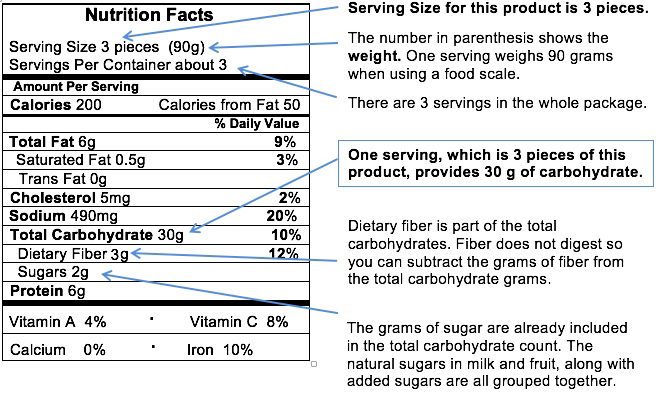


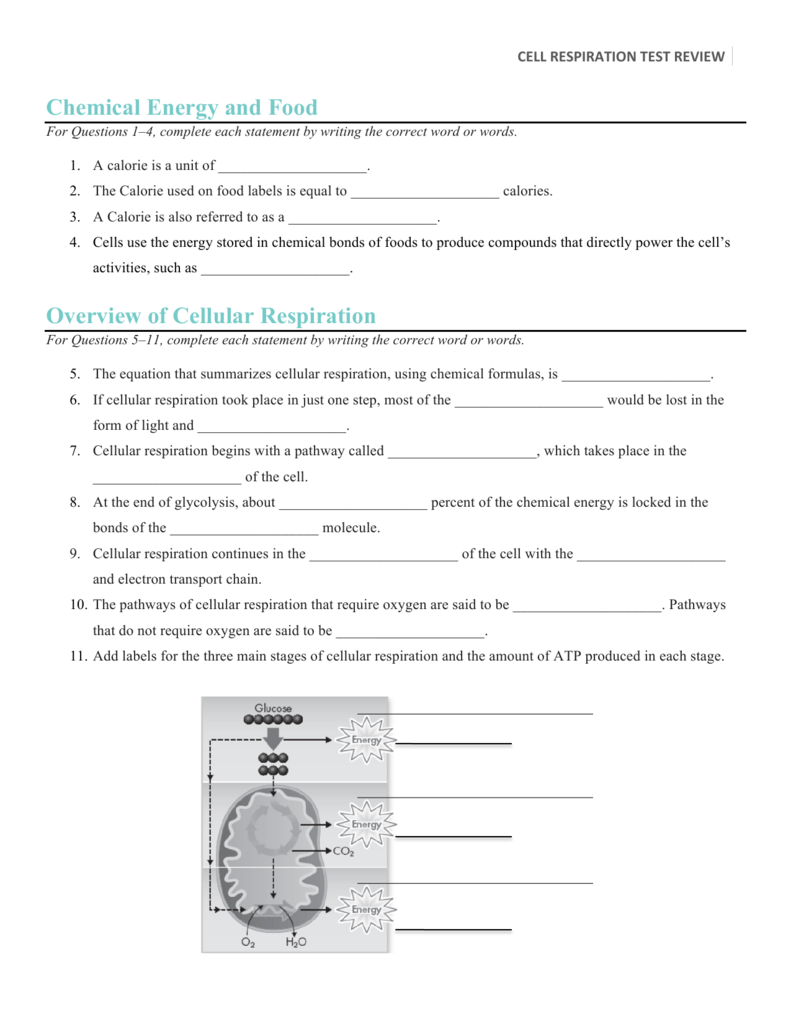




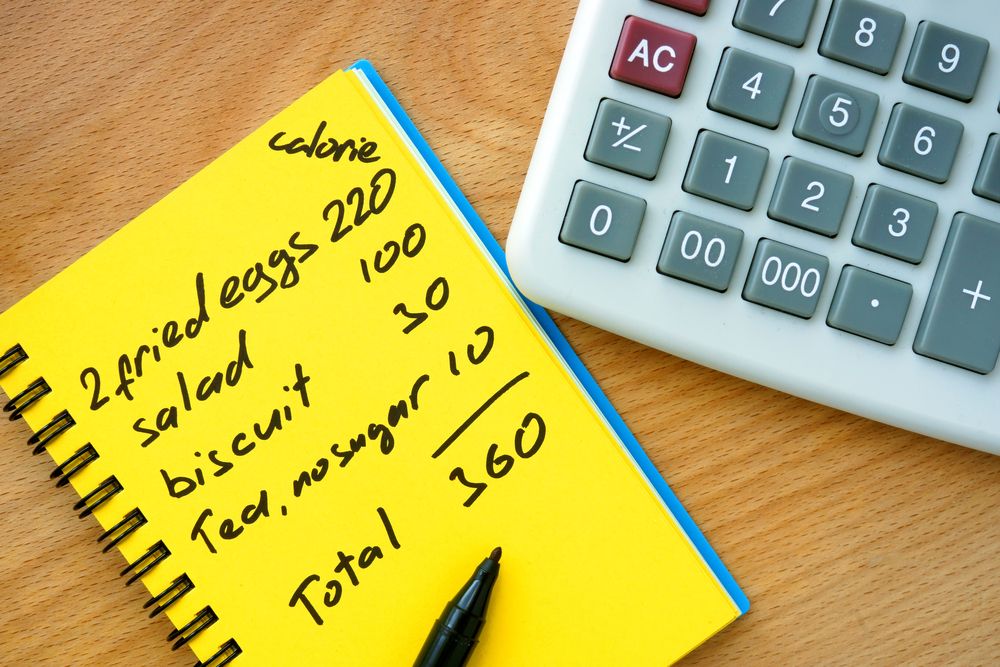
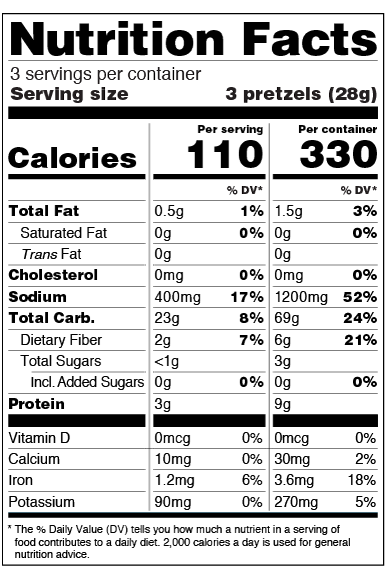

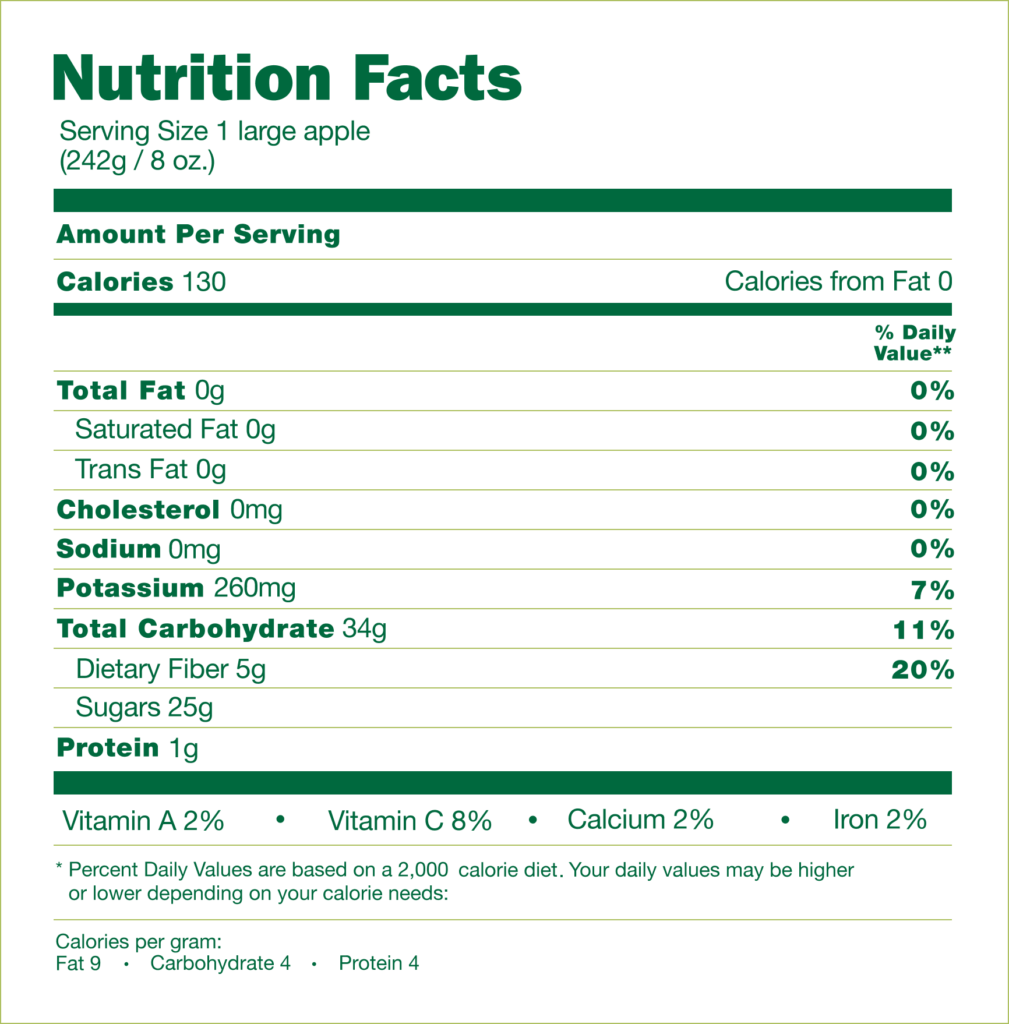
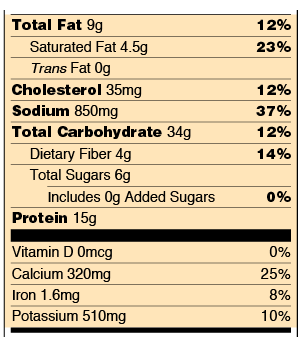

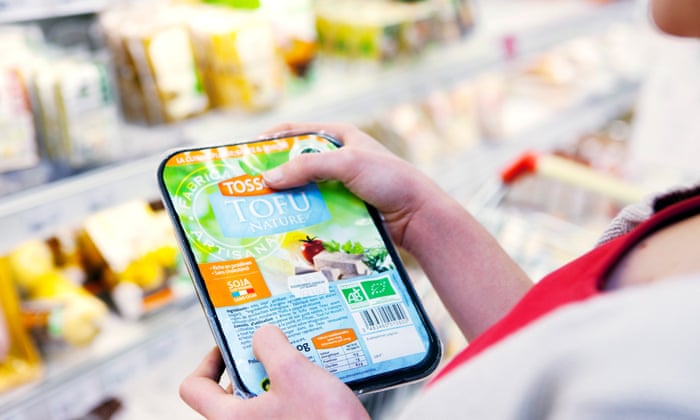
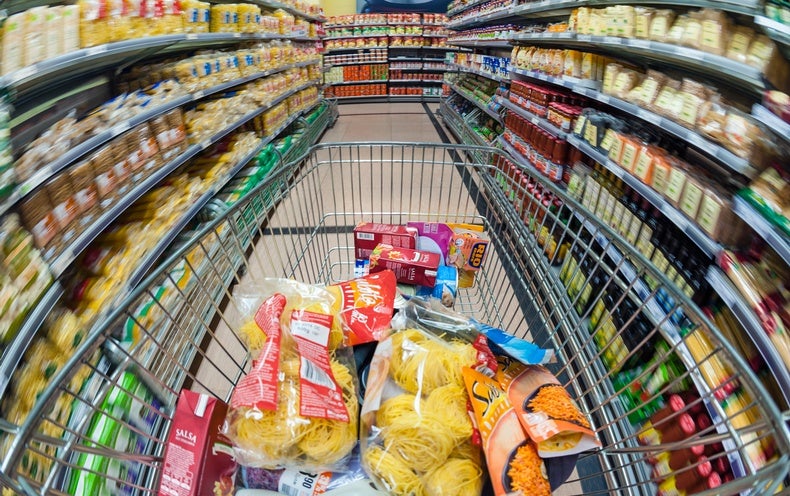

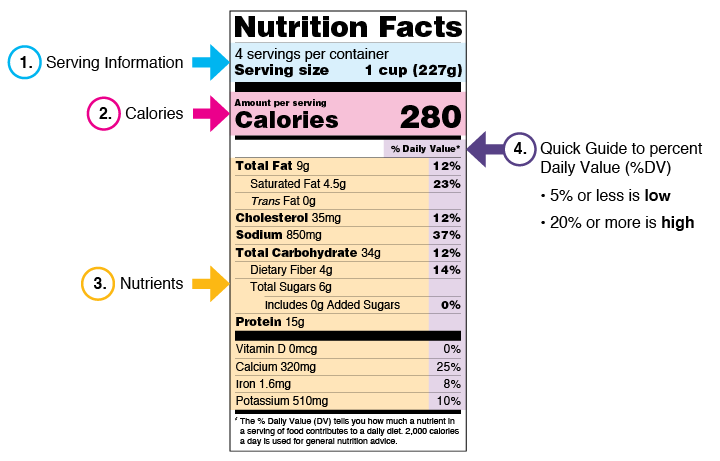
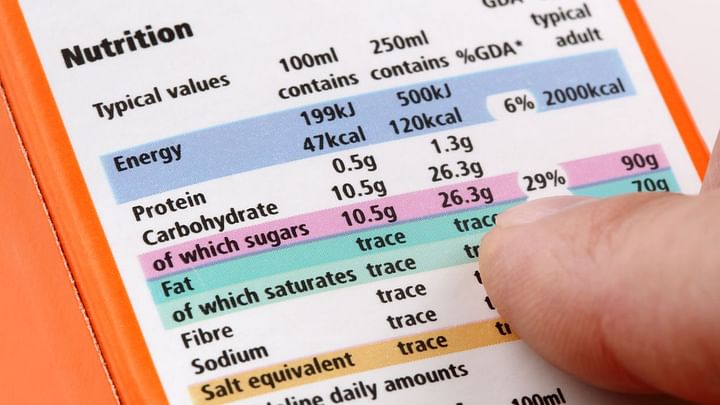

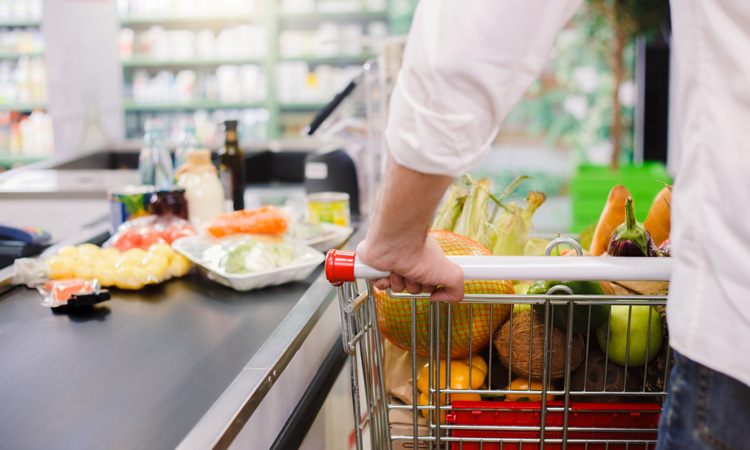

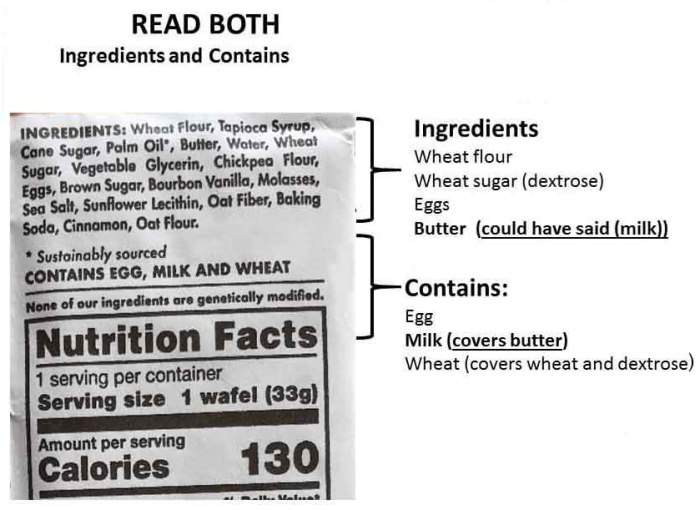

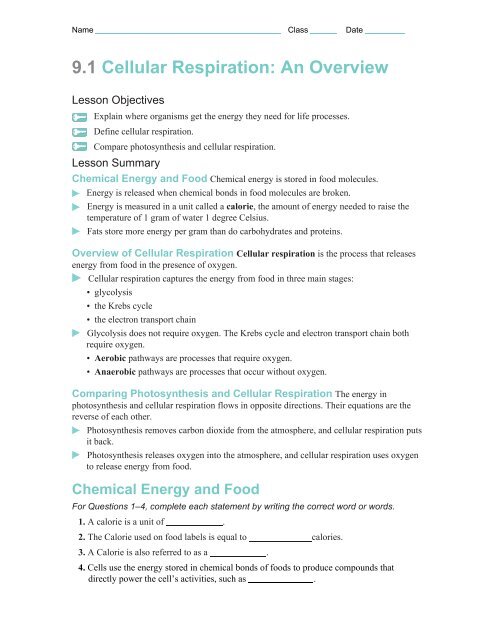

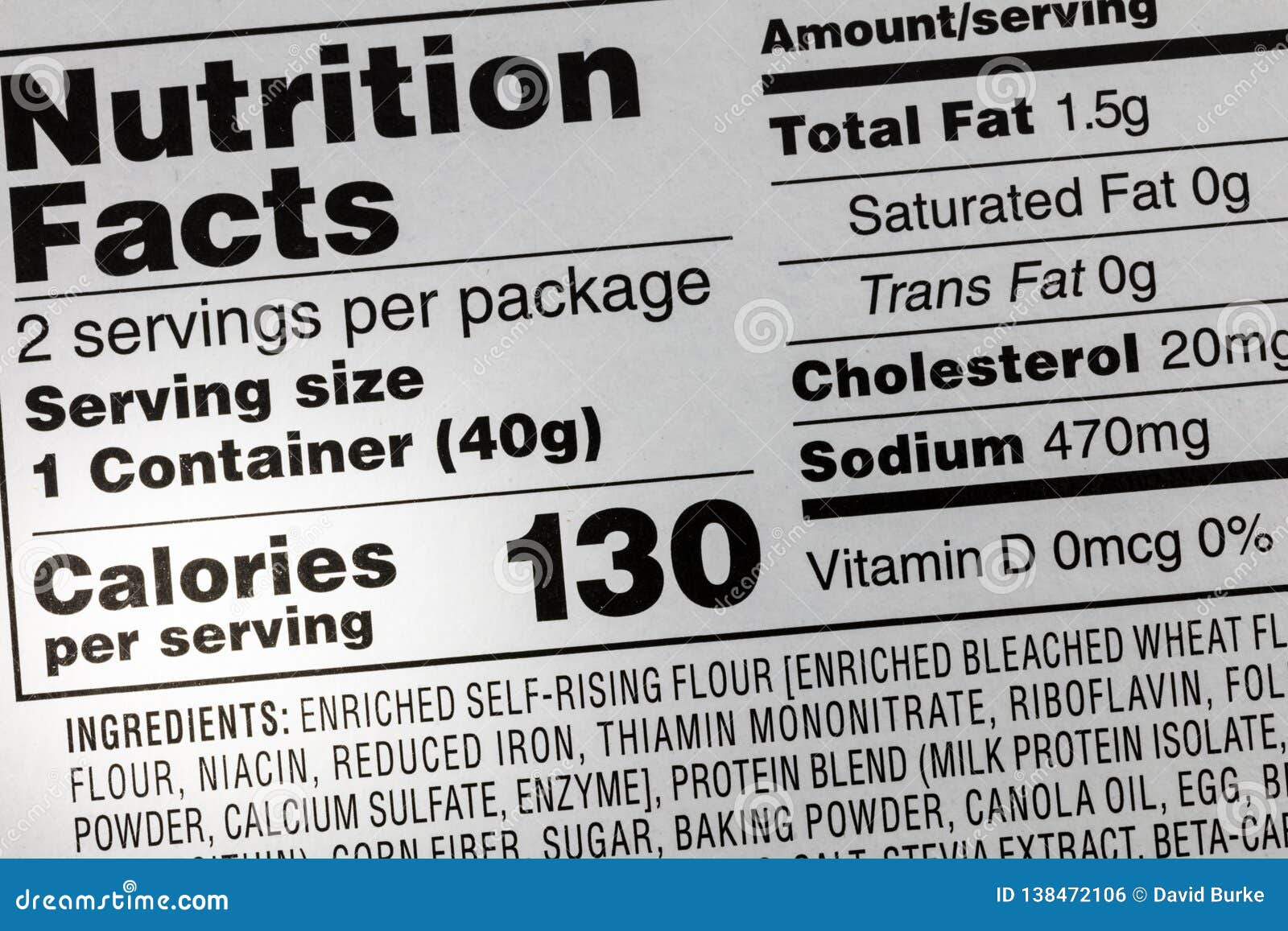
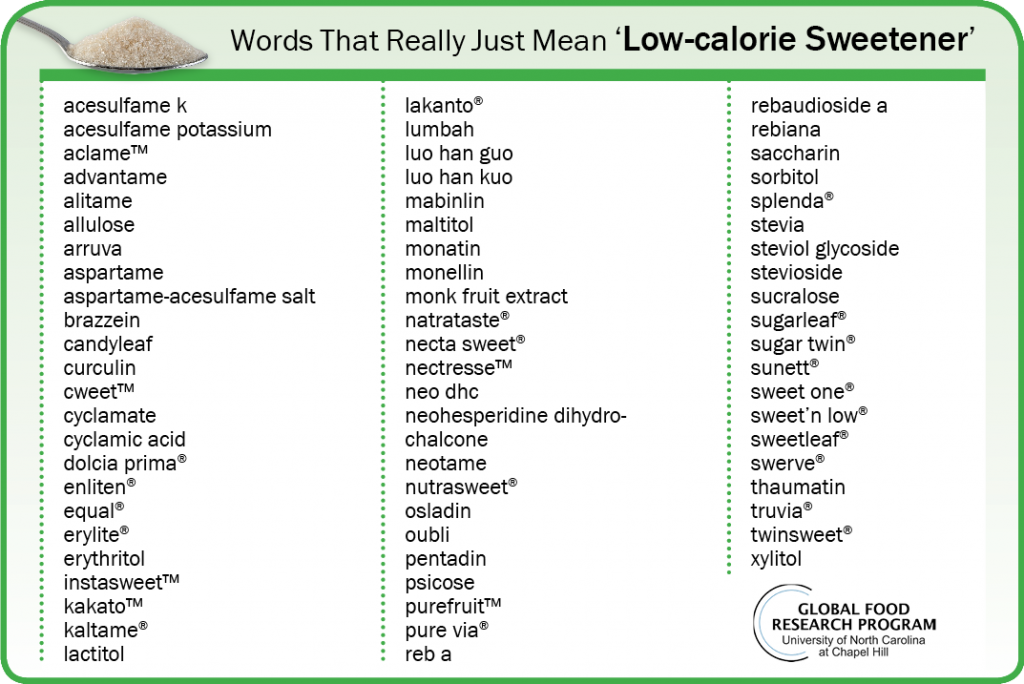



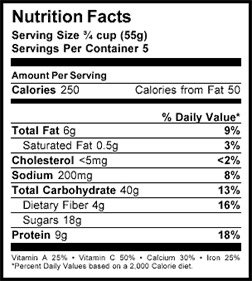
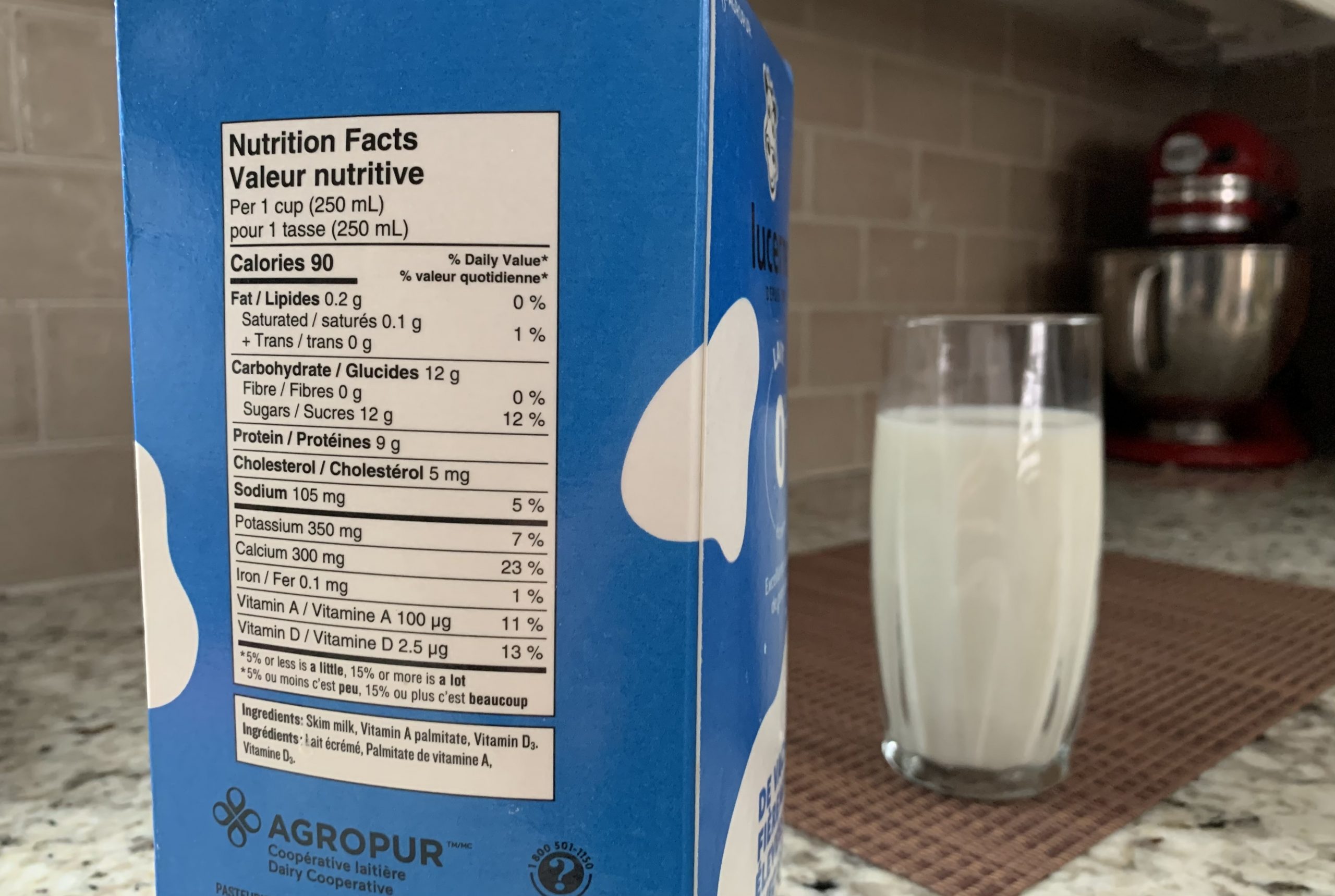
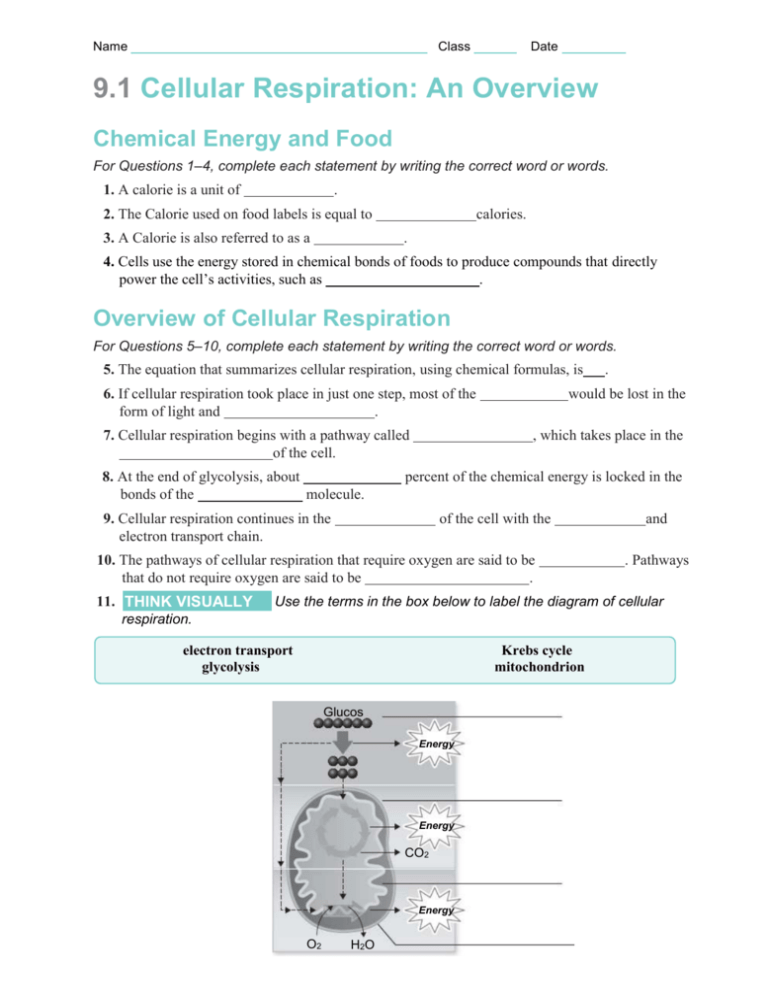
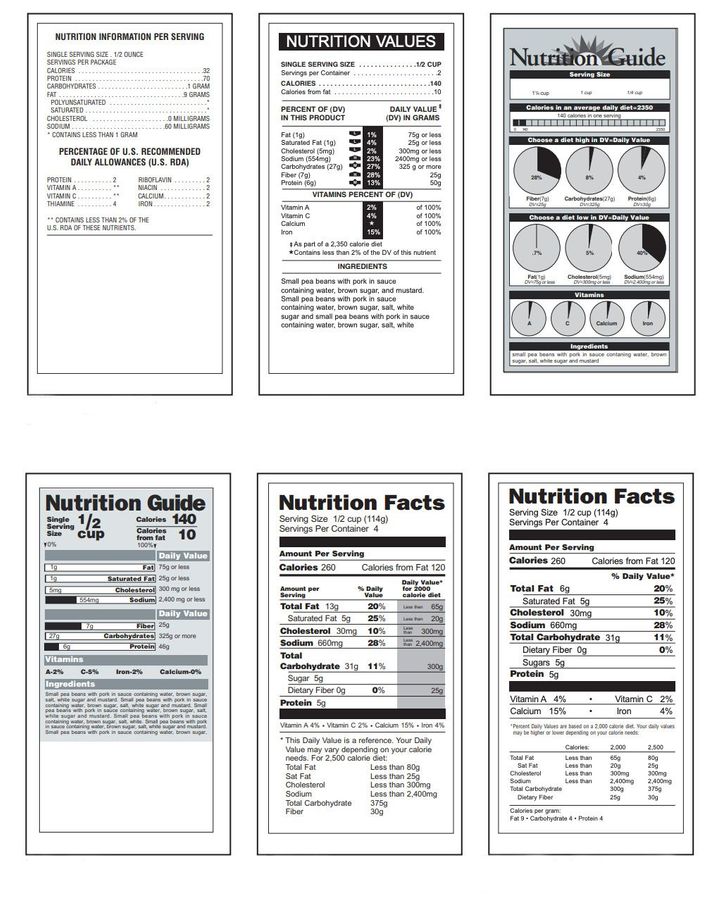
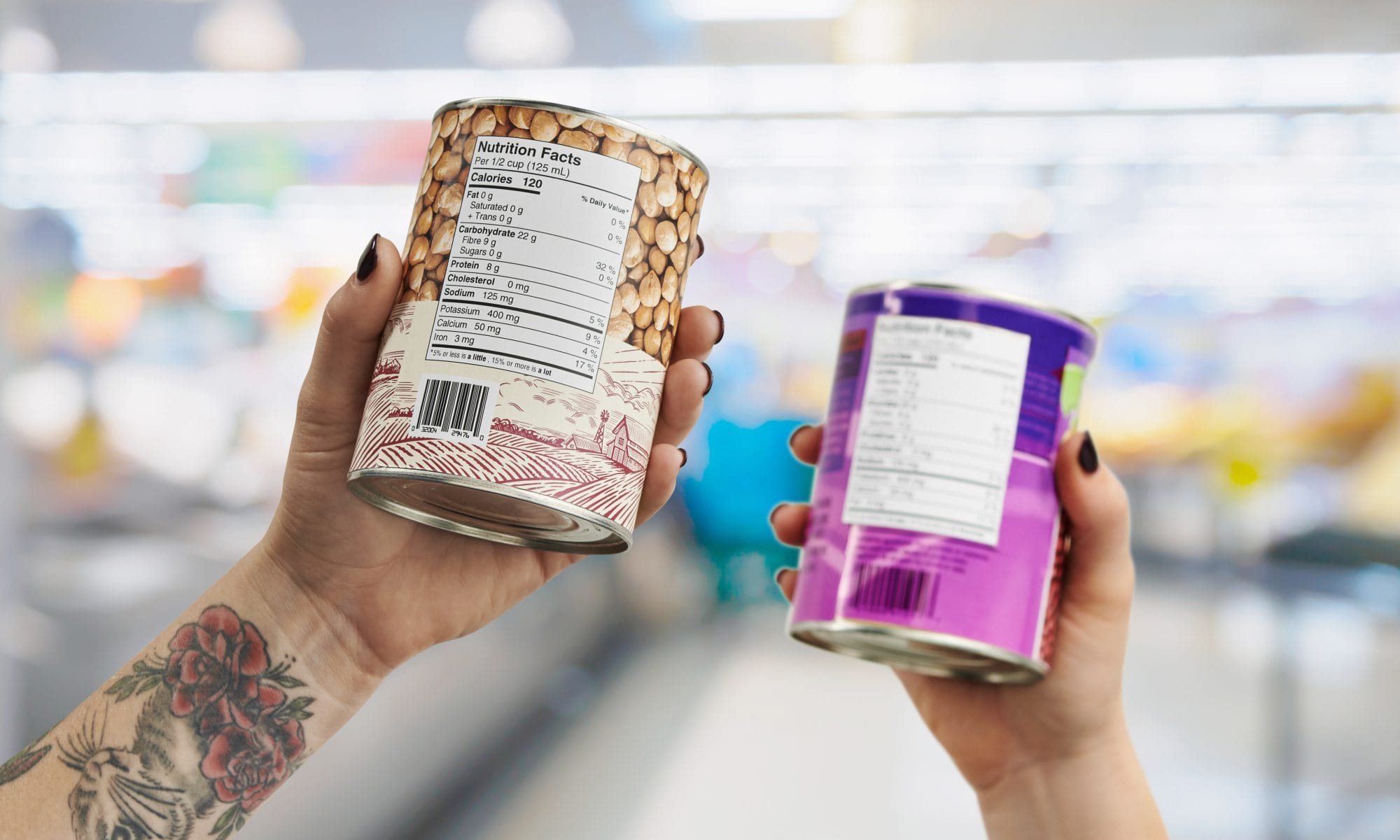

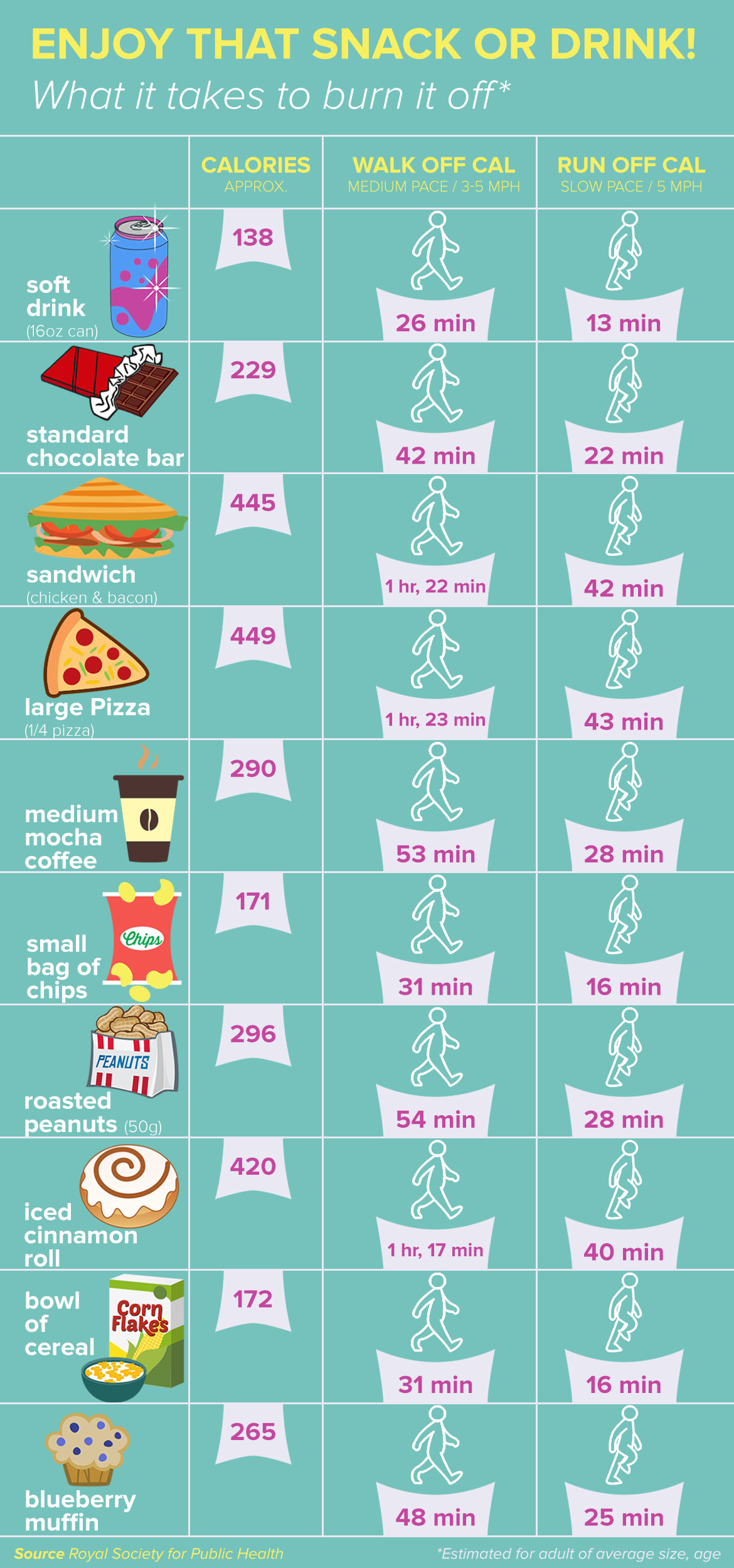
Post a Comment for "41 calorie used on food labels is equal to"